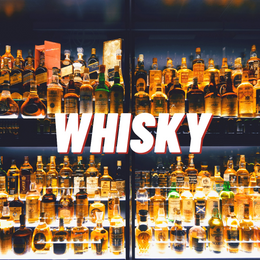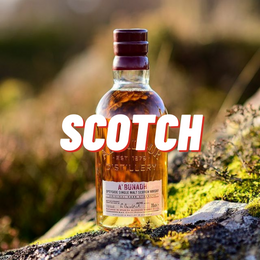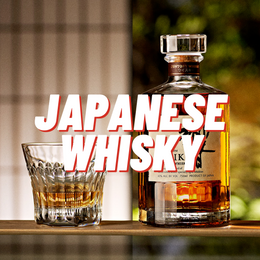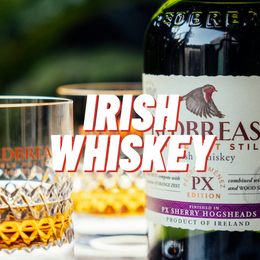
What the heck is that?

Campbeltown is far-flung town in the Kintyre peninsular on the west site of Scotland. The peaceful town has a current population of about 5,000 people and runs about 65 kilometres across.

Like Speyside, Campbeltown is geographically a sub-region of the Highlands. However, its rich history of whisky distillation in the late 1800s and the inspiring efforts of one family-run distillery convinced authorities to officially recognise Campbeltown as a distinct Scotch producing region.
Who cares?
The Campbeltown region has one of the most interesting stories from Scotch history.
It has many historical parallels with Speyside. While Speyside is dubbed the “Whisky Manhattan”, Campbeltown was also a prolific whisky producing region and once saw itself as a capital of distillation.
The mid- to late 1800s was a period of boom for Campbeltown. Its location provided all the resources and right geography to run successful distillery businesses. Ingredients could be harvested from the fertile barley fields of Kintyre, fresh water of the Campbeltown Loch. There were also vast peat bogs and coal from the nearby Drumlemble mine that could be needed to fuel stills and kilns. More importantly, Campbeltown had a deep sea port which enabled exportation of whisky by sea to the fast-growing markets of Glasgow, London and the Americas.
At its peak, Campbeltown had as many as 34 whisky distilleries. Walking down the streets of Campbeltown in the late 1800s, you would find blackened buildings with soot from malt kilns and the aroma of peat permeating the air. Business was so good that by 1891, Campbeltown was the richest town in the UK on a per capita basis.
Unfortunately, due to shoddy business practices and a terrible global economic environment, business took a turn for the very worst and distilleries dropped like flies. By the 1930s, there were only 2 distilleries in operation - Glen Scotia and Springbank. In 1988, authorities decided to revoke Campbeltown’s status as a Scotch whisky region because there were only 2 distilleries in operation. This meant that Springbank and Glen Scotia could only refer themselves as “Highland distilleries”.
This existential threat greatly concerned Mr Hedley Wright, the owner of Springbank Distillery. In a drastic move, Wright invested in a third distillery in the Campbeltown region, Glengyle, just so he could argue with authorities that Campbeltown met the minimum requirement of 3 distilleries and should be recognised as a distinct Scotch region.

This moved the authorities who eventually conceded that the Campbeltown deserved the same recognition. The small town’s future as a distinct whisky region has been secured once more.
Why should I care? What is one thing to take away?
Whiskies coming out of Campbeltown are some of the most memorable, unusual and complex. This explains the serious cult following for Campbeltown malts amongst aficionados.

Springbank single malts are the most representative of Campbeltown’s distinct identity. Unlike industry spirits giants, Springbank spends almost nothing on marketing its products and has a team of only around 50 staff. Yet it is unquestionably recognised as Scotland’s most successful craft distillery with an enduring commitment to quality, craftsmanship and time-tested ways of doing things.
The typical Springbank has a base of familiar Scotch notes from fruit, vanilla and toffee but artfully remixes it with unusual notes of wet wool, gasoline, brine and mild smoke. It often manages to pull off the double act of being friendly and sweet enough for casual drinkers, but interesting and intense enough for whisky geeks.
Shopping gifts for a true blue whisky lover? You cannot go wrong with a limited edition Springbank. Take note though that these bottles are fairly difficult to track down.
Learn more about how Springbank Distillery saved the Campbeltown region here.







